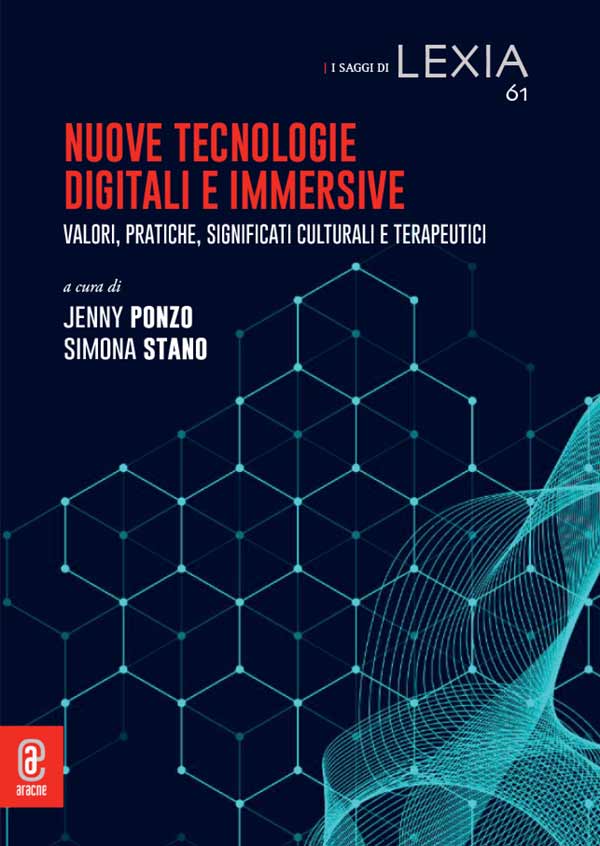DOI: 10.53136/97912218191994
Pagine: 47-61
Data di pubblicazione: Maggio 2025
Editore: Aracne
SSD:
M-FIL/05
Kintsugi is an ancient Japanese technique that consists in repairing broken or chipped ceramic objects with lacquer and gold dust. In recent years, kintsugi has been revived in Japan and its success has also reached Western countries, to the point of entering mainstream culture, which has reinterpreted it especially as a figure of resilience. The metaphorical scope of kintsugi has been particularly attractive in the discourses of treatment. This essay focuses on the study of different reinterpretations of kintsugi starting from the problematization of the concept of “making”. In fact, kintsugi implies a technique, that is to say, a set of physical or mechanical actions regulated by codified norms. At the same time, it is inseparable from a philosophical dimension (in fact, it is linked to the perspective of wabi–sabi, which values imperfection and transience), and therefore also implies an immaterial “doing”, which is linked to the contemplation of the material practice itself and of its final result (i.e. the repaired object). This dialectic between material and immaterial making is also found in recent reinterpretations of kintsugi. On the one hand, there are reinterpretations that refer to the contemplative dimension: for example, in many self–help manuals the technical process of kintsugi and/or the works that derive from it function as a stimulus for a purely immaterial action, a meditation aimed essentially at the mental well–being of the individuals to whom the text is addressed. On the other hand, there are reinterpretations that are linked to the dimension of praxis, i.e. a concrete doing, more or less closely related to the meditative dimension, which in some cases has a moral significance, in others a ludic or aesthetic scope, so that the application of such a technique is mainly aimed at the aesthetic appreciation of the practice itself and its final product, as in the case of various kintsugi kits available on the market. There are also reinterpretations of kintsugi presented through digital media, which further problematize the relationship between praxis understood as a physical, material, bodily action, and contemplation, understood in the sense of an immaterial action, or a meditation that leads to specific results on the mental or spiritual level.


